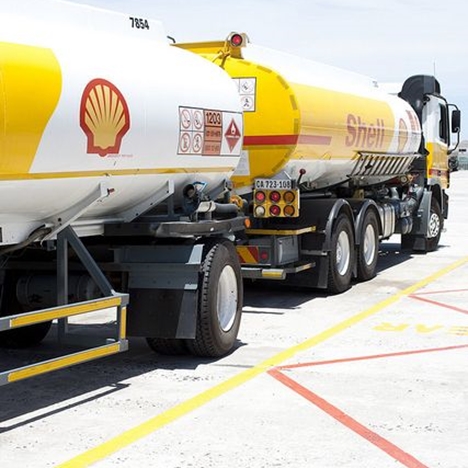
As Shell's oil exploration moves into turbulent arctic waters, Alaskan and federal authorities are looking to impose strict safety regulations given the harsh conditions and increased risk in the region. Toxic gas detector equipment revealed high levels of air pollution as a result of drilling activity, prompting a federal investigation this year.
The federal Bureau of Safety and Environmental Enforcement gave Shell Oil rights to drill for oil in the Chukchi and Beaufort Seas in 2010. After spending approximately $4.5 billion on equipment, surveys, exploration and permits, Shell Oil has run into a number of barriers delaying their progress and, as a result of their efforts, have attracted more intense regulatory attention, according CNN Money.
"Shell will not be authorized to drill into areas that may contain oil unless and until the required spill containment system is fully certified, inspected, and located in the Arctic," bureau director James Watson said in a statement.
The Obama Administration had granted Shell conditional approval to drill, given that they create, test and implement safeguards that would prevent another accident like the BP Deepwater Horizon spill three years ago. However, Shell's Noble Discoverer, one of two drilling ships being utilized by the oil and gas company in the Arctic, caught fire in November of 2012. Before that, in July, 2012, the ship dragged its anchor in Dutch Harbor, Alaska, and almost drifted ashore. In September of that year, Shell tested its Arctic oil spill containment system in Puget Sound, Wash., and it was "crushed like a beer can," PBS News Hour reported.
"Shell and its contractors are no match for Alaska's weather and sea conditions either during drilling operations or during transit," Lois Epstein, Alaska program director for the Wilderness Society, wrote in an email to CNN Money. "Shell's costly drilling experiment in the Arctic Ocean needs to be stopped by the federal government or by Shell itself given the unacceptably high risks it poses to both humans and the environment."
Safety concerns
Peter Slaiby, the vice president of Alaska Shell, had a different opinion. According to Slaiby, Shell is raising the bar with the way they've been working with local Alaskan communities, making more than 450 trips to listen and consult to the people of the Arctic region. However, after an arctic storm broke the tow lines to the Kulluk drill ship in January, causing the ship to run aground on Sitkalidak Island, federal regulators were on edge, PBS NewsHour reported.
Ken Salazar, former secretary of the Department of Interior, said no more drilling in the region would be permitted if improved safety regulations are not adopted. The grounding on the Kulluk prompted a DOI review of Shell's Arctic operations, according to PBS NewsHour. Aside from the obvious risk of an oil spill, the Environmental Protection Agency fined Shell $1.1 million for Clean Air Act violations. The environmental agency cited a total of 34 incidents involving the release of ammonia, nitrogen oxide and other toxic gases above permitted levels between the Noble Discoverer and the Kulluk in 2012.
Press on
The New York Times reported that Shell's ships were both damaged after the 2012 drilling window closed, prompting the company to pause drilling operations in 2013. Shell was able to complete two wells, even though the company planned to drill a total of 10. However, supporters of arctic oil and gas exploration say Shell is jut getting started.
"This pause – and it is only a pause in a multiyear drilling program that will ultimately provide great benefits both to the state of Alaska and the nation as a whole – is necessary for Shell to repair its ships and make the necessary updates to its exploration plans that will ensure a safe return to exploration soon," said Sen. Lisa Murkowski (R-Alaska).
Industrial Safety News brought to you by Safety Systems Technology, Inc., leaders in fire and gas detection.